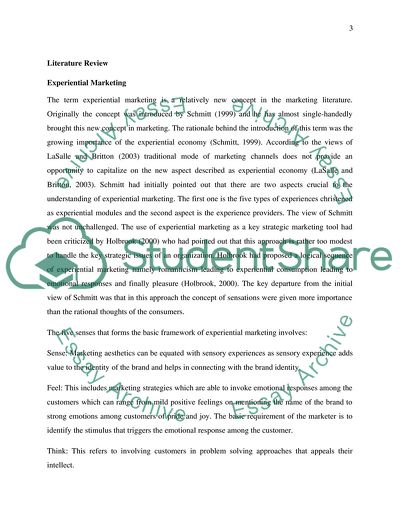Cite this document
(“Localised Disneyfication: The experiential marketing strategies of Literature review”, n.d.)
Retrieved de https://studentshare.org/marketing/1651773-localised-disneyfication-the-experiential-marketing-strategies-of-disneyland-paris
Retrieved de https://studentshare.org/marketing/1651773-localised-disneyfication-the-experiential-marketing-strategies-of-disneyland-paris
(Localised Disneyfication: The Experiential Marketing Strategies of Literature Review)
https://studentshare.org/marketing/1651773-localised-disneyfication-the-experiential-marketing-strategies-of-disneyland-paris.
https://studentshare.org/marketing/1651773-localised-disneyfication-the-experiential-marketing-strategies-of-disneyland-paris.
“Localised Disneyfication: The Experiential Marketing Strategies of Literature Review”, n.d. https://studentshare.org/marketing/1651773-localised-disneyfication-the-experiential-marketing-strategies-of-disneyland-paris.


